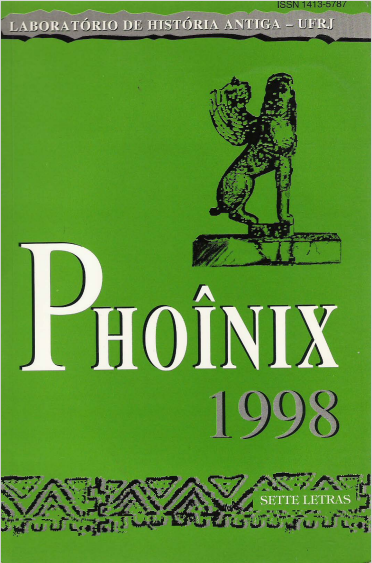O TEMPLO, O PALÁCIO E O PEQUENO PRODUTOR NA BAIXA MESOPOTÂMIA PRÉ-SARGÔNICA
Parole chiave:
EconomiaAbstract
The material culture of the Babylonian Neolithic Age is that of an agro-pastoral economy based on the extensive-family landowner as a member of the village community. The large family produced for its own subsistence whatever was needed. The deciding power belonged to the villages, where it was performed by the elders of the many families which constituted each Neolithic village. There was no place for social stratification. Prith the first Sumerian city-state foundations, during the Uruk HI period (3100-2900 b. C.), the villages lost their self-sufficiency and became tributaries of the urban centers. The new state structure created the need for a centralized government in order to solve the new administration problems of a city-state. There appeared what Oppenheim called the great organizations", that is to say the temples and, later on, the palace. The pre-Sargonic archives coming from the city ofShuruppakI Fara prove clearly that the Sumerian city-state economy was organized in terms of the city's great temple complex. The temple was not only a worshipping center, but also the owner of the greatest extensions of productive lands. The city's active population — either the craftsmen or the food producers — depended upon the temple's economy in one way or the other However, one cannot class* the Stonerian city-state as theocratic, nor define its economy as one of state monopoly. The documentation known also proves that the temple economy seems to have dominated in Southern Lower Mesopotamia even as the palace economy did in the Northern lands. The family economy remained in existence, but it performed a secondary role in the city-slate economy.Downloads
Downloads
Pubblicato
Come citare
Fascicolo
Sezione
Licenza
Ao encaminhar textos à Revista Phoînix, o autor estará cedendo integralmente seus direitos patrimoniais da obra à publicação, permanecendo detentor de seus direitos morais (autoria e identificação na obra), conforme estabelece a legislação específica.
O trabalho publicado é considerado colaboração e, portanto, o autor não receberá qualquer remuneração para tal, bem como nada lhe será cobrado em troca para a publicação.
Os textos são de responsabilidade de seus autores. Citações e transcrições são permitidas mediante menção às fontes.
O uso dos textos publicados em nossa revista poderão ser distribuídos por outros meios, desde de que atribuídos devidamente à autoria e publicação. A revista está vinculada à licença CCBY-NC (atribuição não-comercial, conforme o Creative Commons).


































